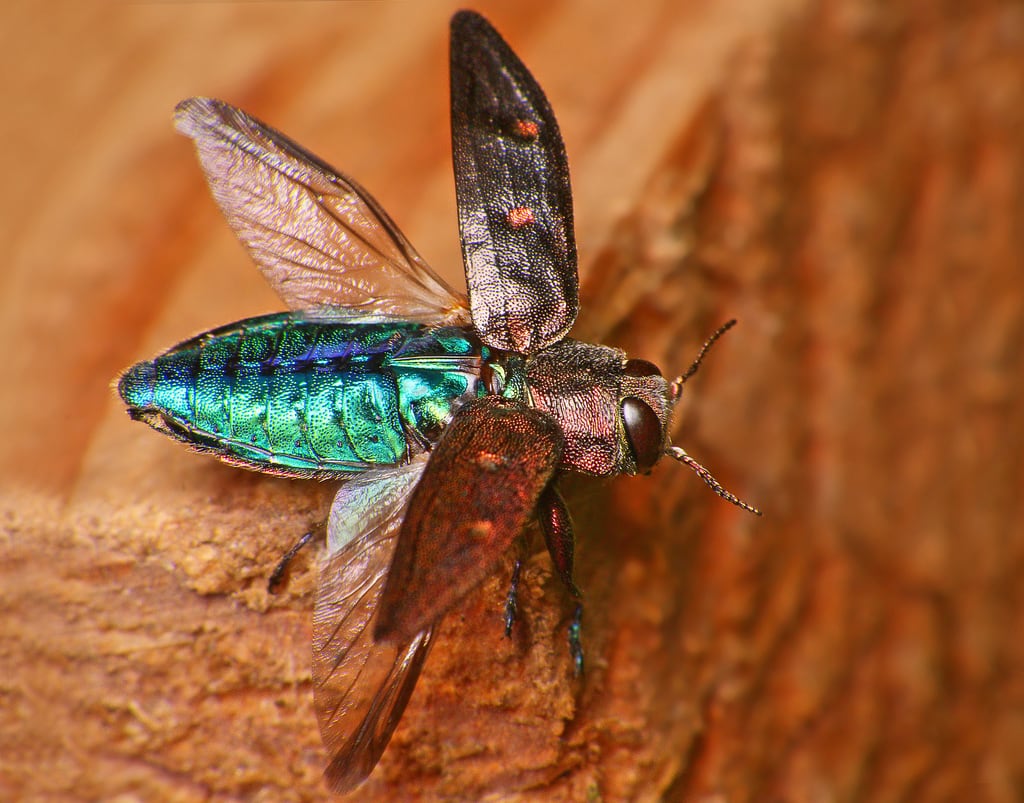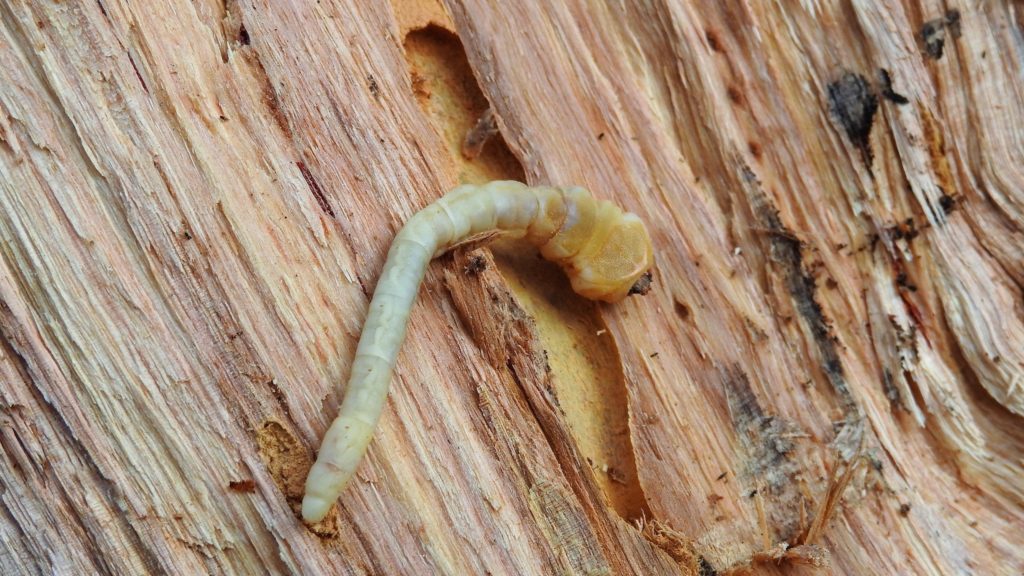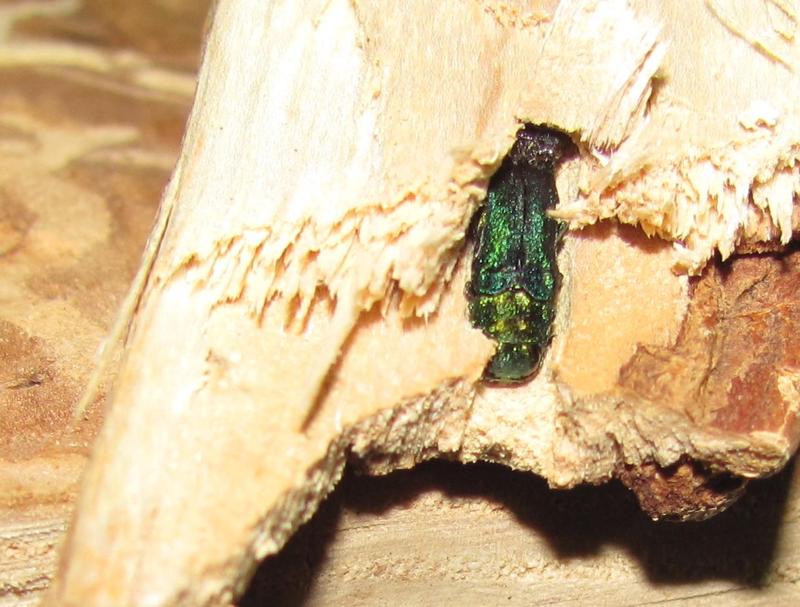It’s a problem as old as time – how to keep bugs out of firewood. While there are no surefire guarantees, following these simple tips can help minimize the chances of bugs making their way into your woodpile.
If you’re like me, you don’t want to deal with the hassle of bugs crawling out of your firewood. Here are a few reasons why keeping bugs out of your firewood is a good idea:
- Bugs can infest your home, causing harm to your house, family and pets
- Bugs can damage your fireplace and wood-burning stove
- Bugs can be a nuisance and make it difficult to enjoy your fireplace or wood-burning stove
The most common challenge people face with keeping bugs out of their firewood is that they don’t have a covered area to stack their woodpile. If you don’t have a covered area, you can cover your woodpile with a tarp or plastic sheeting to keep it dry.
Another common challenge is that people don’t inspect their wood before burning it, which can allow bugs to enter the home. Always inspect your wood before burning it to make sure there are no bugs inside.
It can be a real challenge to keep bugs out of your firewood, especially if you don’t have a covered area to store it. But there are a few things you can do to help discourage bugs from making their way into your woodpile.
1. Collect firewood in the fall and winter when bugs are dormant
One of the best ways to keep bugs out of your firewood is to collect it in the fall and winter when bugs are dormant. During these times, the bugs are not as active and are less likely to infest your woodpile.
Bugs are dormant in fall and winter because the cold weather slows their metabolism, and they become less active. This dormancy helps them survive the winter when food is scarce.

Most bugs will not be looking for a place to nest in the winter because they want to avoid the cold weather. By collecting your firewood in the fall and winter, you are more likely to avoid infestation in your stack of firewood.
2. Store firewood in a dry, well-ventilated area
When it comes to storing your firewood, it’s important to choose a dry, well-ventilated area. This will help keep the wood dry, prevents mold and discourage bugs from making their way into your woodpile.
The ideal location for storing your firewood would be under a covered porch or shed. If you don’t have access to a covered area, be sure to cover your woodpile with a tarp or plastic sheeting to keep it dry.
If there is no sufficient ventilation, the wood will be more likely to rot and become a breeding ground for bugs. It’s important to store your wood in an area where there is good air circulation to help keep it dry and discourage bugs.
You may also want to rotate your woodpile so that the wood on the bottom is used first. This will help keep the wood dry and discourage bugs from infesting it.
3. Cover your firewood with a tarp or plastic sheeting
If you don’t have a covered area to store your woodpile, you can cover your woodpile with a tarp or plastic sheeting to keep it dry. This will help keep the wood dry and discourage bugs from making their way into your woodpile.
How to cover your firewood with a tarp or plastic sheeting
- Place the tarp or plastic sheeting over the top of your woodpile
- Secure the tarp or plastic sheeting with rocks, bungee cords, or rope
The benefits of covering your firewood with a tarp or plastic sheeting
Some of the benefits of covering your firewood with a tarp or plastic sheeting include:
- It will help keep the wood dry and discourage bugs from making their way into your woodpile.
- It will help protect the wood from the elements, which can cause it to rot and become a breeding ground
What kind of tarp or plastic sheeting to use to cover your firewood
There are a few things to consider when choosing a tarp or plastic sheeting to cover your firewood.
Some of the things to consider include:
- The size of the tarp or plastic sheeting: you want to make sure it is large enough to cover your entire woodpile
- The material of the tarp or plastic sheeting: you want to choose a material that is durable and will last through the seasons
- The color of the tarp or plastic sheeting: you want to choose a light-colored tarp or plastic sheeting, so it will reflect the heat and keep your woodpile cooler in the summer
4. Inspect your wood before burning it to make sure there are no bugs inside
If you are going to be burning your firewood, it is important to inspect it for bugs first. This will help avoid having any unwanted guests in your fire pit. If you find any bugs in your wood, dispose of them promptly. Do not try to burn the wood if there are bugs inside, as this could cause a dangerous situation.
What to look for
When inspecting your wood for bugs there are a few things to look for:
- Signs of infestation: look for holes in the wood, sawdust, or other signs that bugs have been in the wood
- Live bugs: if you see any live bugs, dispose of them promptly
- Eggs: if you see any eggs, do not burn the wood as this could hatch the eggs and cause an infestation
Bug identification
It is helpful to be able to identify the type of bug that is in your wood. This will help you determine if the wood is safe to burn.
There are a few ways to identify the type of bug in your wood:
- Google image search: you can do a Google image search of the bug to try and identify it
- Bug identification websites: there are a few websites that can help you identify bugs, such as the National Pest Management Association website
- Ask an expert: if you are still having trouble identifying the bug, you can ask an expert, such as a local extension agent or a professional pest control operator
Types of Wood-boring insects
There are a few different types of wood-boring insects that can infest firewood:
- Carpenter ants: these ants bore into the wood to create their nests. They can cause extensive damage to the wood.
- Termites: these insects live in colonies and can cause extensive damage to the wood as they feed on it.
- Emerald ash borer: this is a relatively new type of wood-boring insect that has caused extensive damage to ash trees in the United States.
- Powder post beetles: these beetles bore into the wood to lay their eggs. The larvae then eat their way out of the wood, causing damage as they go.

5. Burn all your wood promptly to prevent bugs from infesting it
It is important to burn all your wood promptly after collecting it in order to prevent bugs from infesting it. If you allow the wood to sit for too long, the bugs will have a chance to breed and multiply. By burning the wood promptly, you can avoid any potential infestations.
This is especially true for wood that has been infested with bugs. If you have infested wood, it is important to dispose of it properly so that the bugs do not spread to other areas.
The best way to dispose of infested wood is to:
- Burn it: if you have the ability to safely burn the wood, this is the best option. Be sure to burn all of the wood, so that the bugs are destroyed.
- Bury it: if you cannot burn the wood, you can bury it. This will help isolate the infestation and prevent the bugs from spreading.
- Dispose of it in a sealed bag: if you cannot burn or bury the wood, you can dispose of it in a sealed bag. This will prevent the bugs from escaping and infesting other areas.
The danger is that if you bring bug infested firewood in your home, the bugs could spread to your furniture, flooring, window frames, doors, and other kind of woodwork in your home. This could cause a serious infestation that will be a major pain to get rid of and will likely cost you thousands.
6. What to do if you find bugs in firewood indoors
If you find bugs in your firewood indoors, there are a few things you can do to get rid of them. If the infestation is small, you can try vacuuming them up. If the infestation is larger, you may need to call a professional pest control operator to fumigate your property. This is a major inconvenience and can be costly, so it is always best to prevent an infestation in the first place.

You should also dispose of any infested wood promptly to prevent the bugs from spreading. Some signs of an infestation include:
- Holes in the wood
- Sawdust
- Live bugs
- Eggs
Conclusion
When it comes to keeping bugs out of your firewood, there are a few key things you can do. First and foremost, it’s important to collect your firewood in the fall and winter when bugs are dormant. You should also store your firewood in a dry, well-ventilated area-preferably under a covered porch or shed. If you don’t have access to a covered area, be sure to cover your woodpile with a tarp or plastic sheeting to keep it dry. Inspect your wood before burning it to make sure there are no bugs inside-if you find any, dispose of them promptly. Finally, always burn all your wood promptly after collecting it to prevent bugs from infesting it. By following these simple tips, you can keep your firewood bug-free all season long!